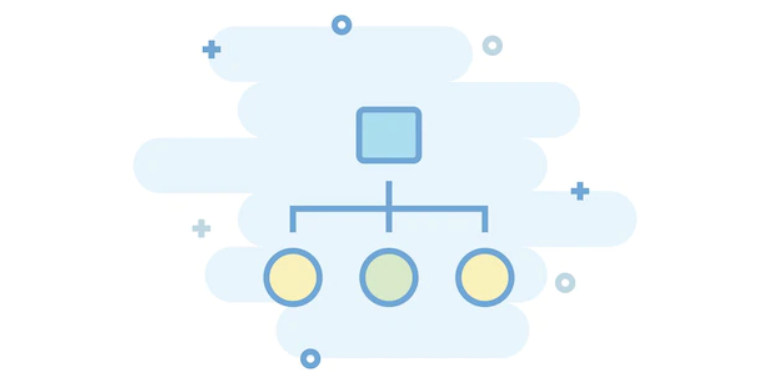IAB Tech Lab’s Content Taxonomy API is a machine-learning service that classifies text into categories and subcategories, such as adult content or politics. This API offers advantages to marketers and publishers who want to categorize their content. It can be useful to filter out content we don’t want from search engines, for example. Keep reading With This API Apply Taxonomies, Ontologies, And Folksonomies… We will tell you a little about these concepts and IAB Tech Lab’s Content Taxonomy.

Taxonomies
Simply said, a taxonomy is a method of classification that enables the classification of a set of objects into predetermined categories. These taxa (categories) may relate to one another in any way or may be inside one another. Biological taxonomy, the science that divides living things into kingdoms, species, races, etc., is a prime example.
The geographic taxonomy is comparable in that it categorizes regions according to their organizational level; such as country, province, municipality, etc. The IPTC taxonomy, which categorizes any news or publication within standards and enables its interchange automatization, is fundamental in the field of digital media.
Taxonomies are a fundamental building block in computer science and, more specifically, the Semantic Web, where they serve to organize items with similar traits. It is not for nothing that the foundation of object-oriented programming is the creation of unique taxonomies tailored to the needs of each application.
Ontologies
An ontology is a conceptual model for representing, storing, and exchanging data. For example, we can consider an entity-relationship model that describes a company’s database as a basic ontology. However, today the concept of ontology is much broader and is based on the growing possibility of describing standards to share information between completely heterogeneous systems.
Most of these standards are based on XML. For example, in the Semantic Web, the use of RDF (Resource Description Framework) is fundamental, and OWL (Web Ontology Language) is spreading with increasing virulence, a language that aims to facilitate the construction of own ontologies that we later published. Web way.
Finally, we cannot fail to mention SKOS (Simple Knowledge Organization System), a W3C initiative, based on RDF, which provides a model to represent the basic structure and content of conceptual schemes such as taxonomies, classification schemes, thesauri, and any other type of controlled vocabulary.
Folksonomies
A folksonomy is an open and/or collaborative classification system based on tags. These tags are not hierarchical, that is, they are not nested within each other. So, folksonomies are the native classification system of many web platforms that store data produced with the participation of thousands of users. This is the case with Wikipedia, Flickr, or Delicious. However, the label system that Gmail allows to classify emails is not a folksonomy, since it is not open or collaborative.
The term “folksonomy” is very recent. It was coined just a few years ago by Thomas Vander Wal and simply stands for folk taxonomies. Therefore, a tag cloud is a good visual representation of a folksonomy. According to its author, there are two types of folksonomies:
Broad Folksonomies: the creator does not influence the labels that are put on their content, but it is the users themselves who do so, thus favoring that the labels be in their own languages and in their own words. Example: del.icio.us.
Narrow Folksonomies: Contrary to the previous ones, only the creator of the content or a small number of people can apply labels. An example of narrow folksonomy is Flickr, where the use of the tags is carried out by the owner.
Check Text Classification IAB Taxonomy
The Content Taxonomy has evolved over time to provide publishers with a consistent and easy way to organize their website content. For example, to differentiate “sports” vs. “news” vs. “wellness” material. IAB Tech Lab’s Content Taxonomy specification provides additional utility for minimizing the risk that content categorization signals could generate sensitive data points about some things. Some examples are race, politics, religion, or other personal characteristics that could result in discrimination.

Some frequent questions…
What this API receives and what your API provides (input/output)? Just pass the text that you want to categorize and you will get its IAB taxonomy. Simple as that!
What are the most common uses cases of this API? This API is useful to help those companies with a large amount of data that needs to be sorted by category. Thus, you will be able to gather text by grouping it by category. Besides, ideal for marketing agencies that want to extract data online and want to categorize it as well. Also, helpful to classify sentences or slogans, you will get the exact categorization in IAB standards.
Are there any limitations with your plans?
Besides API call limitations per month:
Testing Plan: 5 requests per second.
Basic: 10 requests per second.
Pro: 30 requests per second.
Pro+: 60 requests per second.

